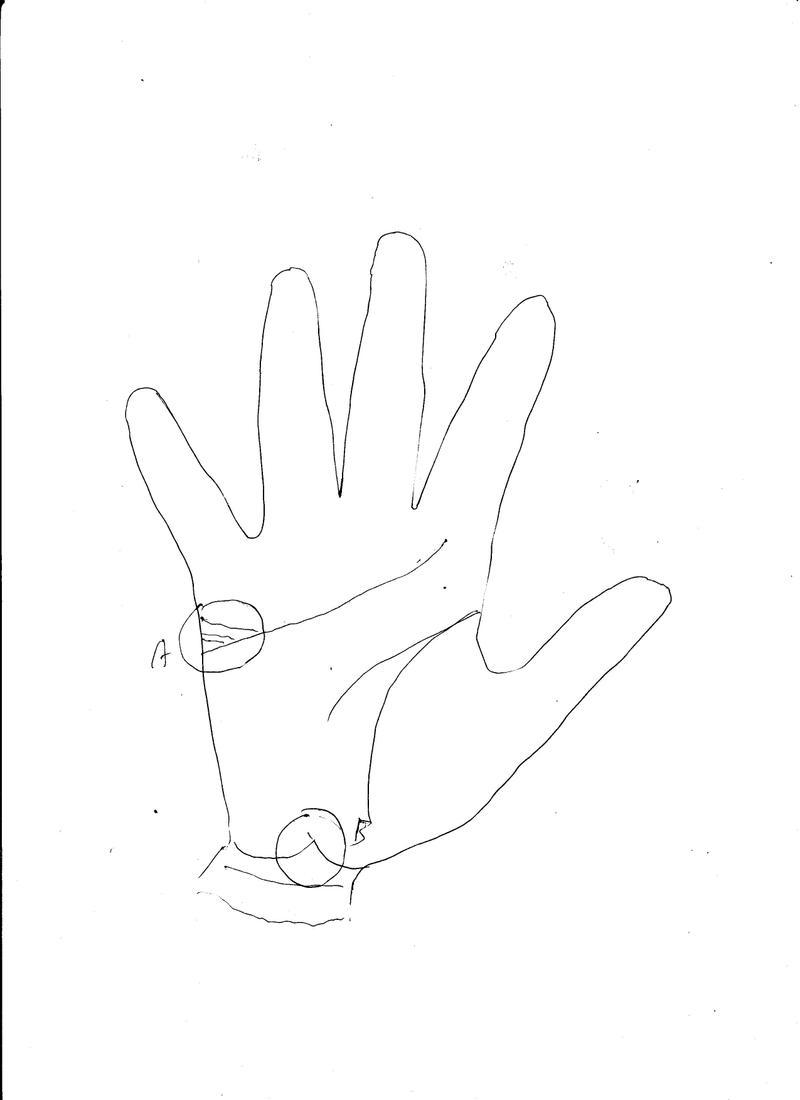Palm Pattern shows you how many children you will have
Palm Pattern shows you how many children you will have
Palmistry, the art of interpreting the lines and shapes on our palms, offers fascinating insights into various aspects of our lives, including relationships, career paths, and even family dynamics. Among the many revelations palmistry can provide, one particularly intriguing aspect is its potential to indicate how many children one may have. Understanding the palm patterns related to reproductive potential can empower individuals to reflect on their life choices and family aspirations.
The Heart Line and Lifeline: Indicators of Genetic Factors
Two primary lines in palmistry—the lifeline and the heart line—are believed to represent genetic factors and overall vitality. The lifeline, which curves around the base of the thumb, is often associated with a person’s physical health and life path. Meanwhile, the heart line, located above the lifeline, reflects emotional well-being and relationships.
The beginning of the heart line, particularly the area between the base of the little finger and the heart line, provides critical insights into an individual’s reproductive and physiological functions. By examining the nuances in these lines, one can glean information about their fertility, hormonal balance, and overall capacity for parenthood.
Assessing Hormonal Balance: The Heart Line’s Position
To gain deeper insights into reproductive health, one can conduct a simple exercise. By opening both hands and bringing the little fingers together, individuals can observe the alignment of the heart lines on both palms. A notable difference of one centimeter or more in the position of the heart lines may indicate hormonal imbalance. In statistical terms, it suggests that among a group of twenty people, one may experience challenges related to fertility.
This method offers a practical approach to self-assessment, allowing individuals to reflect on their reproductive health. A deeper understanding of these palm lines may lead to proactive measures for those seeking to improve their chances of conception or address underlying hormonal issues.
Chain-Like Patterns: Signs of Reproductive Challenges
The structure of the heart line can also reveal potential difficulties in maintaining a pregnancy. For instance, if the beginning of the heart line appears chain-like, it may indicate a higher risk of miscarriage. This pattern often serves as a warning to individuals to be cautious about their reproductive health and seek medical advice when planning a family.
Moreover, the position and length of the little finger can further clarify reproductive potential. A low-set little finger may suggest difficulties in conceiving, while a shorter little finger may indicate a lack of robust reproductive capabilities. Conversely, individuals with well-proportioned fingers and without low-set little fingers are generally considered to have a stronger reproductive constitution.
The Heir Line: A Glimpse into Future Generations
The portion of the palm designated as part A is particularly telling in terms of future offspring. In palmistry, the presence of fine lines in this area can represent the potential number of children one may have. Two fine lines suggest the likelihood of having two children, while three lines indicate the possibility of three.
Furthermore, the thickness of these lines can also provide gender-related insights. A thicker line is often interpreted as a sign of a male child, whereas a thinner line may suggest a female child. This nuanced approach to interpreting the heir line not only offers predictions about quantity but also hints at the gender of future children.
The Relationship Between Hand Size and Reproductive Health
Interestingly, the size of an individual’s palm is also related to physical development and reproductive health. In women, larger hands may indicate better pelvic development, which can facilitate a smoother childbirth experience. This connection highlights the significance of physical attributes in relation to reproductive capability.
Understanding the relationship between palm size and reproductive health can encourage individuals to embrace their physical characteristics while reflecting on their personal journey toward parenthood. Larger hands may signify strength and resilience, both important qualities when navigating the challenges of raising children.
Conclusion: Embracing the Insights of Palmistry
While palmistry should not be considered an absolute predictor of future events, it can serve as a valuable tool for self-reflection and understanding. By examining the heart line, lifeline, and heir line, individuals can gain insights into their reproductive health and potential family dynamics.
As you explore the patterns on your palm, remember that these interpretations are part of a broader journey. Whether you dream of having a large family or prefer to keep your circle small, understanding the symbolic language of palmistry can enrich your perspective on life, love, and the future. Ultimately, the decision to have children remains deeply personal, influenced by a multitude of factors beyond what is written on our palms.
